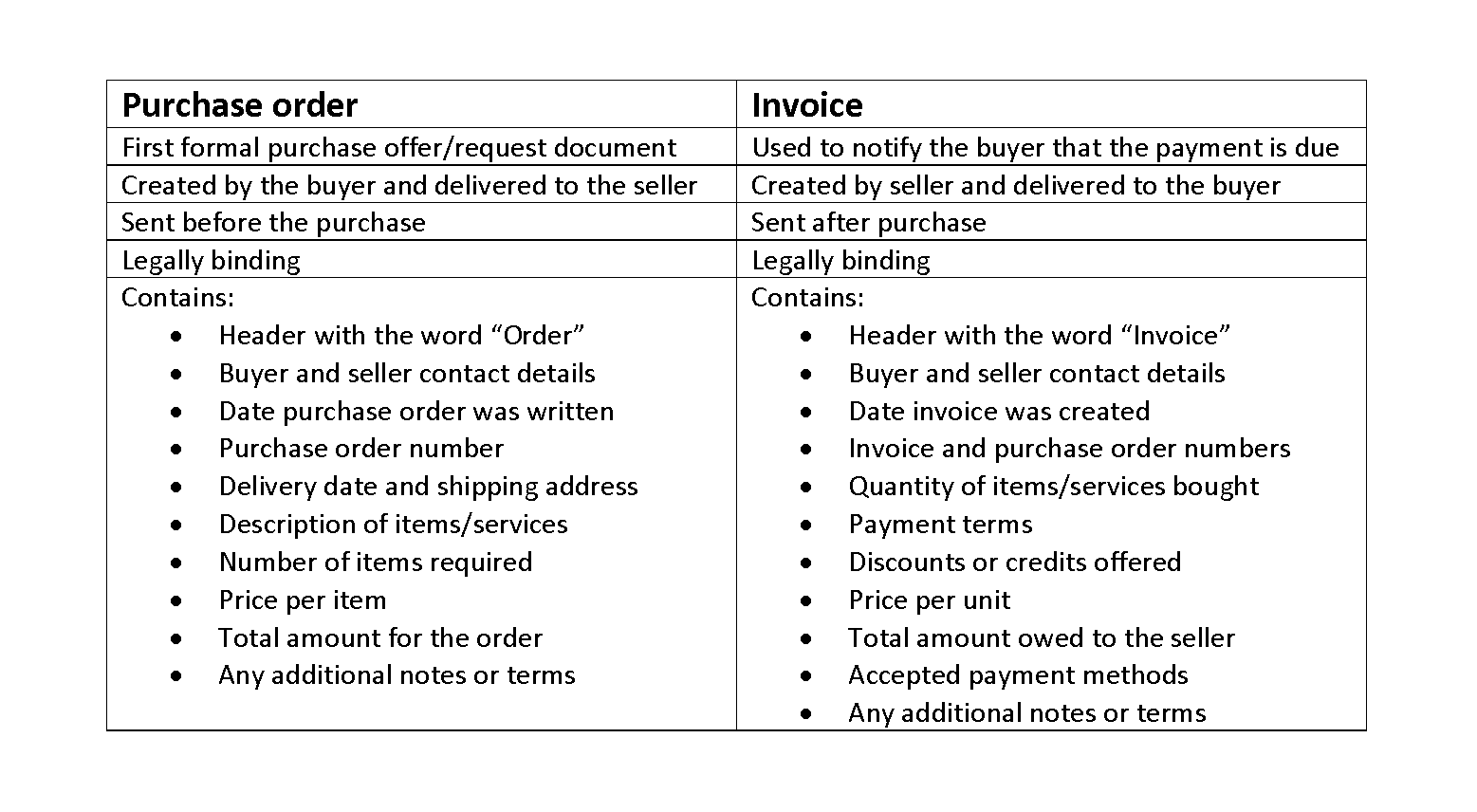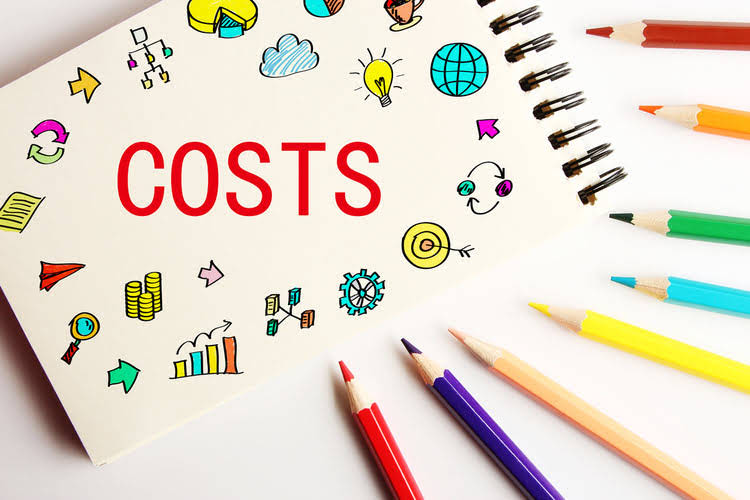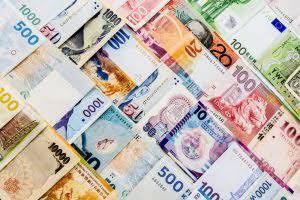Your cart is currently empty!
Product vs Period Cost: Key Differences and Financial Impact

Most of the components of a manufactured item will be raw materials that, when received, are recorded as inventory on the balance sheet. Only when they are used to produce and sell goods are they moved to cost of goods sold, which is located on the income statement. When the raw materials are brought in they will sit on the balance sheet.
- Period costs are always recognized in profit or loss in the period in which they are incurred.
- They play a significant role in shaping the overall profitability of a business because they directly impact how much money it gets to keep after covering all these ongoing expenses.
- While product costs are often variable as they directly relate to the quantity of units produced, things like operational spaces and machinery maintenance can be fixed.
- This means they accumulate as the business transforms raw materials into finished products.
- When we talk about product costs, we’re diving into the nitty-gritty of how much it takes to make the things a business sells.
- Moreover, this understanding empowers businesses to manage costs effectively, making informed decisions about product pricing, production efficiency, and overall operational strategies.
What are Operating Expenses?
To understand the concept of traceability further, see our comparison of direct vs indirect costs, which discusses the nature period costs of the costs and provides some examples. It means that DM and DL increase as production increases, and they decrease if production decreases as well.
- It’s only when the product is sold that these costs are transferred to the Cost of Goods Sold (COGS) category on the income statement.
- Both product costs and period costs greatly impact the business profitability.
- Period costs are expenses that will be reported on the income statement without ever attaching to products.
- Period costs are essential to business operations but don’t directly affect the final products.
- Separating the costs into various categories is often very important and, at times, useful to analyze the company’s significant cost drivers.
- Moreover, period costs are expenses in the income statement of the period in which they were incurred.
Period costs:
Separating the costs into various categories is often very important and, at times, useful to analyze the company’s significant cost drivers. In addition, cost analysis is critical to examine the position of the business and the amount of revenue it needs to generate to achieve economies of scale. Integrate financial data from all your sales channels in your accounting to have always accurate records ready for reporting, analysis, and taxation. See it in action with a 15-day free trial or spare a spot at our weekly public demo to have your questions answered. For the past 52 years, Harold Averkamp (CPA, MBA) hasworked as an accounting supervisor, manager, consultant, university instructor, and innovator in teaching accounting online.

Product vs. Period Cost: Key Differences and Financial Impact
- Period costs appear in the income statement as operating expenses, including selling, general, and administrative (SG&A) expenses.
- Businesses must accurately classify these costs to determine taxable income.
- Business often segregates these costs based on fixed, variable, direct, or indirect.
- It’s important to distinguish between product vs period costs because the former must be deducted when a good or service is sold, whereas the latter is deducted in the period it is incurred.
- It means that DM and DL increase as production increases, and they decrease if production decreases as well.
For the past 52 years, Harold Averkamp (CPA, MBA) has worked as an accounting supervisor, manager, consultant, university instructor, and innovator in teaching accounting online. Discover the key to effective financial management with our straightforward guide on variance reporting. Today, we’re breaking down these two concepts to understand their general aspects, relationship with financial statements, and overall impact on business decision-making. Period costs are of no less help, as they allow you to understand how well you’re running your business.

In industries like pharmaceuticals and technology, R&D can represent a significant portion of total period costs, emphasizing the role of innovation. This article looks at meaning of and main differences between the two such cost bifurcations – product cost and period cost. As the name suggests, product costs are derived from producing major types of products by the business. Product cost is only incurred when some product is acquired or produced. If there is no production of any goods, the business will incur no product cost. Let’s say you’re considering hiring more staff to handle the increasing number of orders.
This can eventually help the entity take corrective action to lower costs and improve profitability. Product costs (also known as inventoriable costs) are those costs that are incurred to acquire, manufacture or construct a product. In manufacturing companies, theses costs usually consist of direct materials, direct labor, and manufacturing overhead cost.

Examples of product costs are direct materials, direct labor, and allocated factory overhead. Examples of period costs are general and administrative expenses, such as rent, office depreciation, office supplies, and utilities. Understanding the distinction between product costs and period costs is fundamental in cost accounting, as it helps petty cash businesses accurately track expenses and evaluate financial performance. These two cost categories are critical for allocating expenses between production-related activities and general business operations.
- High fixed period costs can cause significant fluctuations in net income with changes in sales volume, underscoring the importance of cost management.
- To make a profit and keep your bakery thriving, you’ll likely set a price for your cakes that’s higher than $10.
- Period costs describe a business’s additional costs incurred during a specific reporting period.
- In summary, product costs are recognized in the balance sheet before being expensed in the income statement.
- Out of these 500 units manufactured, the company sells only 300 units during the year 2022 and 200 unsold units remain in ending inventory.
- Period costs are not tied to production but are essential for business operations.
Period costs are sometimes broken out into additional subcategories for selling activities and administrative activities. Administrative activities are the most pure form of period costs, since they must be incurred on an ongoing basis, irrespective of the sales level of a business. Selling costs can vary somewhat with product sales levels, especially if sales commissions are a large part of this expenditure. Product costs include the costs to manufacture products or to purchase products. If a product is unsold, the product costs will be reported as inventory on the balance sheet.
Understanding the Insurance Accounting distinction between product and period costs is essential for businesses aiming to optimize their financial strategies. These two cost categories affect pricing decisions, profitability analysis, and financial reporting. Understanding these differences provides a clearer view of a company’s operational efficiency and financial health. The key difference between product cost and period cost is that product concurs when a company produces any products.
Leave a Reply